Natal Private Postal Cards
NATAL PRIVATE POSTAL CARDS
by Keith Hanman
The information for this article is taken from the book The Postal Stationery of Natal by John Dickson and Keith Hanman and published by the Natal & Zululand Study Circle in 2001. Latterly the N&ZSC has been renamed the Cape & Natal Study Circle. The illustrations are from the authors own collection.
The Victorian postal cards of Natal were developed by De La Rue using the common colonial keyplate design with the letters 'NATAL' and the duty of the issue added. The first delivery of the DLR ½d card was made on 31st December 1884 when 97,920 cards were supplied. These were announced for sale in Natal on 21st February 1885. This issue was reprinted frequently during Queen Victoria's remaining years and up to the end of 1901 1,622,148 had been printed.
An understanding of the restrictions placed upon the public in relation to supplying and sending privately printed postal cards helps towards an understanding of the practices approved in connexion with the official use of postal cards in Natal. For a full resume see Chapter 3 of the above book. As long ago as 1889 it had been pointed out that cards, other than those officially issued by the Post Office were chargeable at letter rates. A Government Notice of 8th March 1893 confirmed that 'only such cards as are issued by the Post Office will be regarded as post cards', all other cards being treated as letters. The Natal Almanac of 1898, published towards the end of 1897, mentioned that private cards had been authorised by the Governments in some UPU countries - but gave no hint that such cards were to be allowed to be posted in Natal.
The first stirrings locally occur towards the end on 1897 when various individuals made requests through the PMG that private cards should be allowed. Postmaster General Chadwick on 4th December 1897 wrote to the Colonial Secretary '... There is much objection to the admission of private cards, which I should not favour, except to gain a revenue which is possibly offering, and which, it is likely, official cards will not bring'. On 26th January 1898 Chadwick wrote to the people who had been agitating for private post cards, 'the Natal Government is not prepared at present to agree to the introduction of private post-cards'. This discussion was deferred for six months that grew to 12 months without further reference to the subject until on 15th December 1898 Acting Postmaster General Coleman responded to a request from Under Secretary Bird:
1. It seems to me there are practically only two points for consideration (1) whether the Government will authorise the use of private post-cards and (2) whether engravings, or advertisements, may be printed on the face of such cards.
2. I think myself that the public should be allowed to use private cards ... but the card should be of similar size and substance to the official post-cards issued by the Department ...
3. and 4. Have been left out.
5. With regard to point two: I think we should adopt the international regulation permitting engraving or advertisements to appear on the face of any card. The illustrated card would, from a general point of view, no doubt, prove of service in bringing the attractions of the Colony to the notice of people in England and elsewhere...
There was much correspondence during 1898 between the PMG and the Colonial Secretary: one of the main conclusions was that in Point 10 in an amended regulation to cover 'Official and Private Post Cards' said that 'Private Cards prepaid at the rate of postage applying to official cards may be used as post cards' (15th December 1898).
These proposals (and others not listed) may have been forced on the Postmaster-General by the introduction from 25th December 1898 of the 'Imperial Penny Post'. In his report for the year ending 31st December 1898, the PMG noted that '... private post cards... can now be sent to overseas countries which have adopted the Imperial postage rate of one penny, because the letter rate and the post card rate are the same'.
It should be noted here that Natal did not join the UPU until 1902; it was scheduled to join earlier but the Anglo-Boer War intervened.
From 1st January 1902 private post cards could be addressed world-wide at the rate applicable to official post cards. There were regulations concerning correspondence that was not allowed on the address side.
From October 1904 private illustrated post cards with a space reserved on the address side for correspondence were accepted for delivery within southern Africa. The use of the address side for correspondence was not allowed otherwise. Finally on 8th March 1906 private illustrated post cards as above were allowed to be sent to a number of countries, later revised at the end of 1906 to state that they would be accepted addressed to any country, it being left to the postal authority in the country of delivery on how to charge them.
Although not private, but official, the One Penny Illustrated postcard of 1900 should be mentioned. It was the brainchild of Prime Minister Sir Albert Hine who recommended that with the war interest illustrated postal cards would be very popular. A set of five sepia on buff cards was prepared by DLR. This scheme was repeated in 1903 for Edward VII. Only 96,816 were again prepared by DLR as the market for illustrated postal cards, was, at that time, dominated by privately produced picture post cards.
This is a fascinating area of study and in this short article full justice cannot really be done to a fairly complicated section of Natal postal stationery.
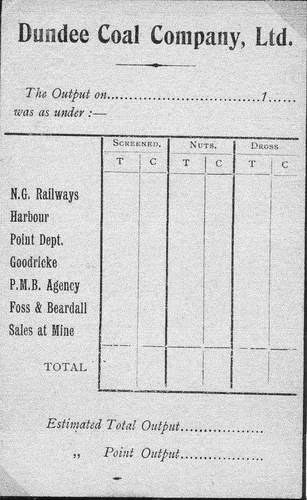
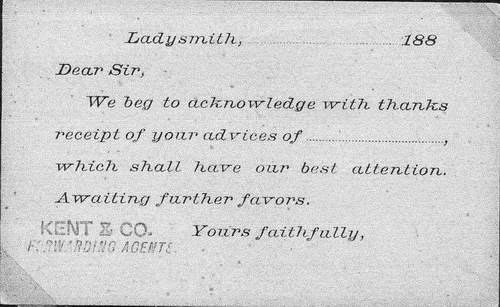
These 1884 issue Gd unused cards were used by Agents / Companies that privately overprinted the reverse for their own usage. Additional postage then had to be affixed to comply with Post Office Regulations.
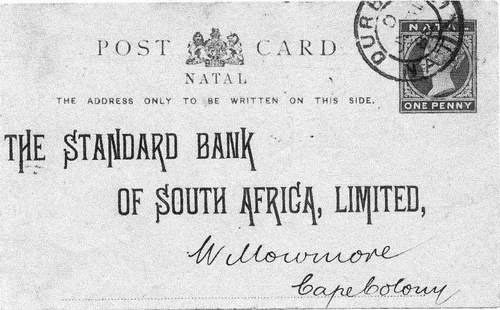
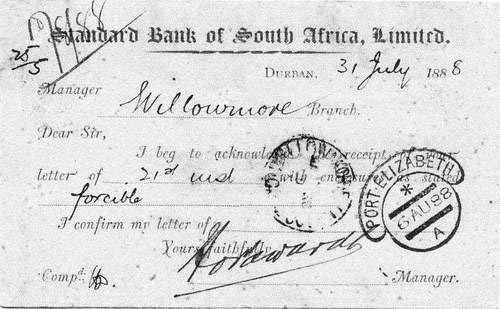
1d letter rate card of 1888 used from Durban
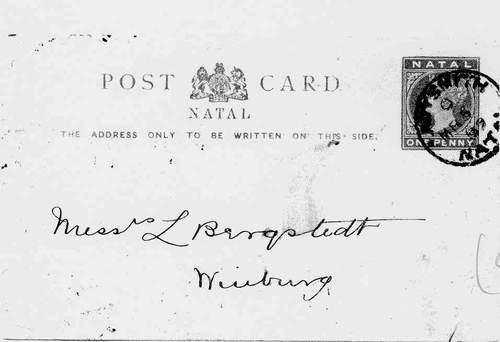
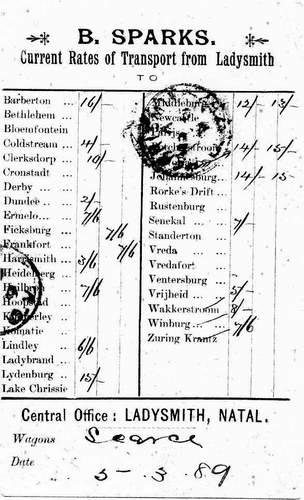
1d letter rate from Ladysmith in 1889
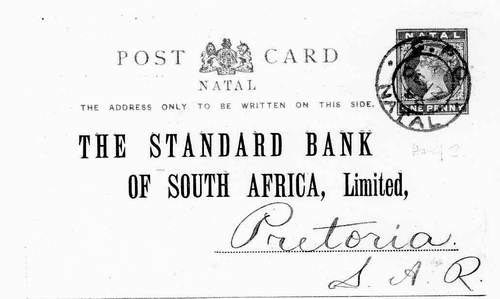
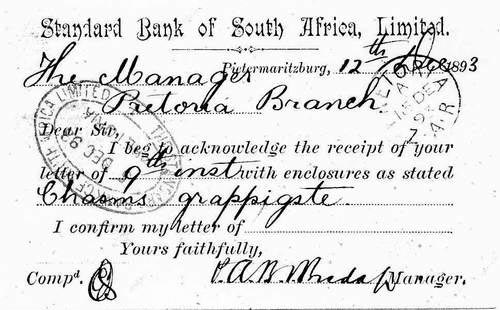
1d letter rate from GPO Natal in 1893
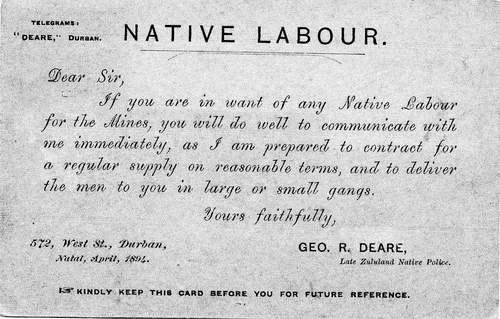
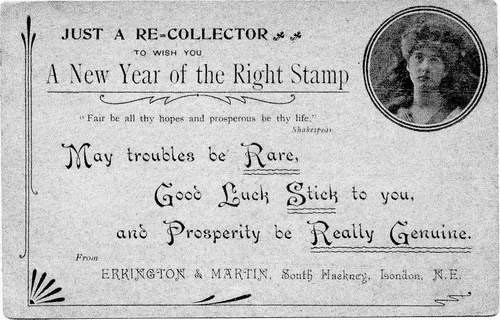
Two unused examples of the 1894 'blocked' 1½d card giving a value of ½d
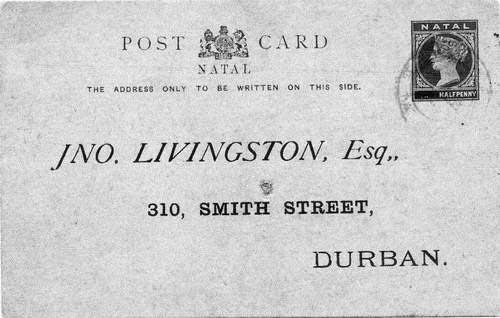
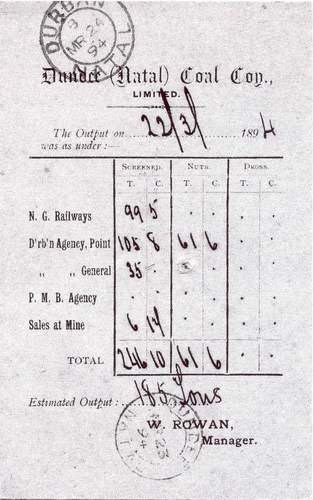
Used card from Durban
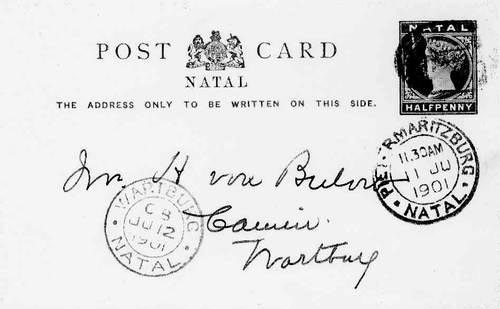
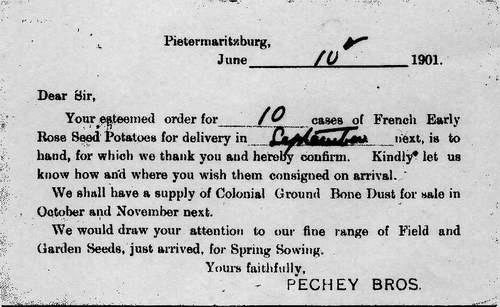
An advertisement for potatoes at the ½d rate in 1901
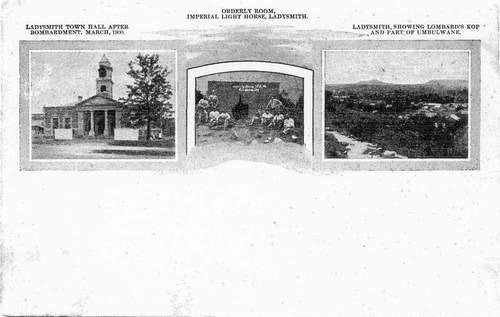
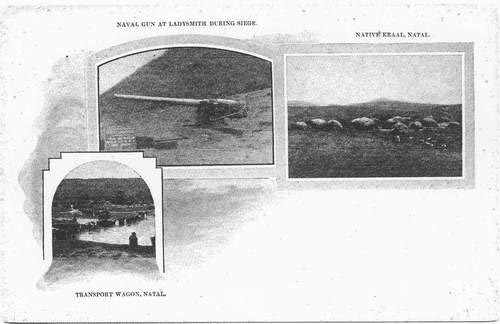
Two examples of the official illustrated postal card 1900 at the 1d rate
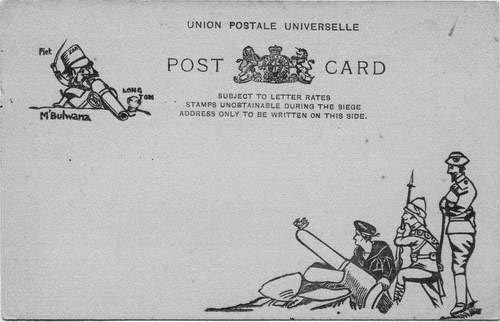
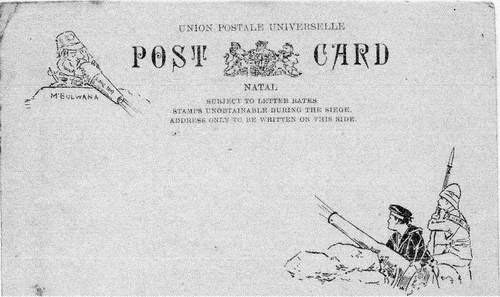
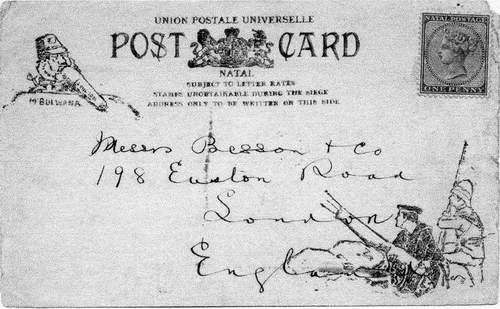
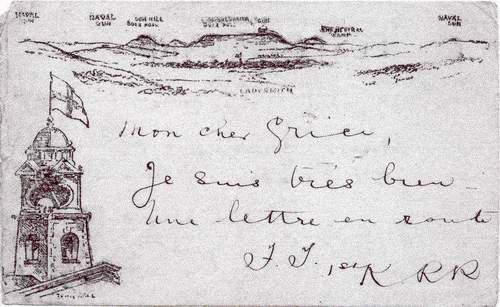
A number of privately printed postal cards, including those shown here were prepared for use during the siege of Ladysmith of 2nd November 1899 to 28th February 1900. Note that the cards are still marked 'Subject to Letter Rates'. They are said to have been designed by Earl Robert of the Illustrated London News who was present in Ladysmith at the time.
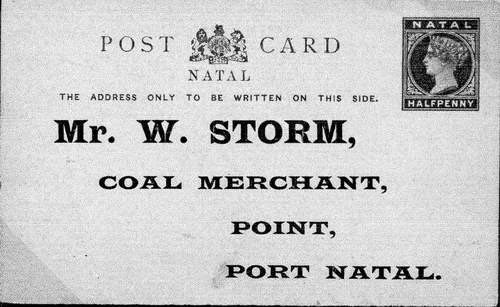
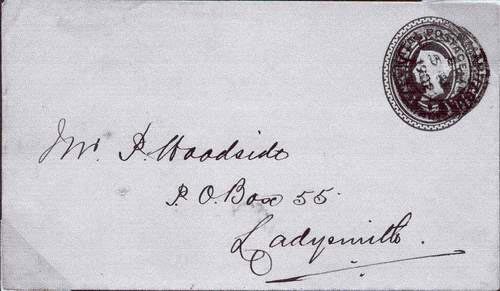
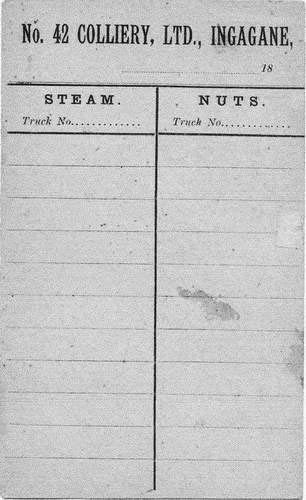
Pre-printed, pre-addressed, pre-paid cards could be sent out under cover of the embossed ½d envelopes. This example from Pietermaritzburg on 2nd April 1902 with a Ladysmith arrival strike on 7th April 1902.
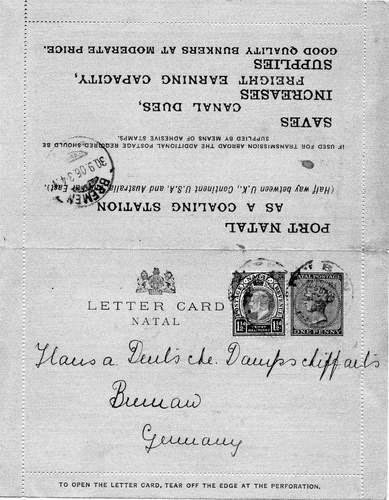
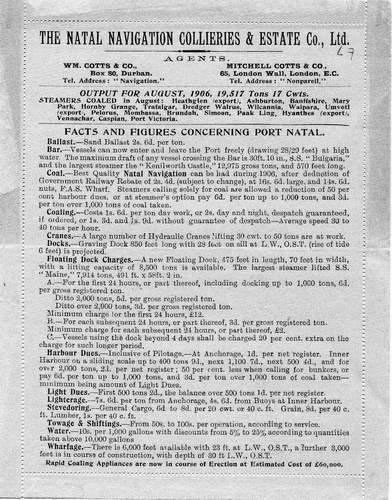
A mixed franking Letter Card of 1906
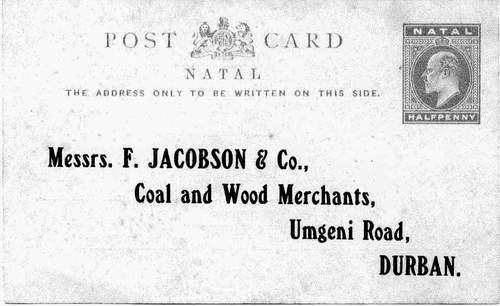
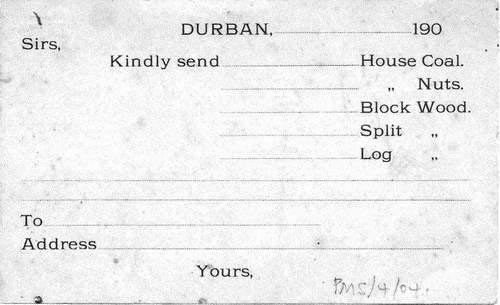
Edward VII ½d card. These are scarcer than the Victoria equivalent.
(This article is reproduced from the May 2010 issue of the Postal Stationery Society Journal)
